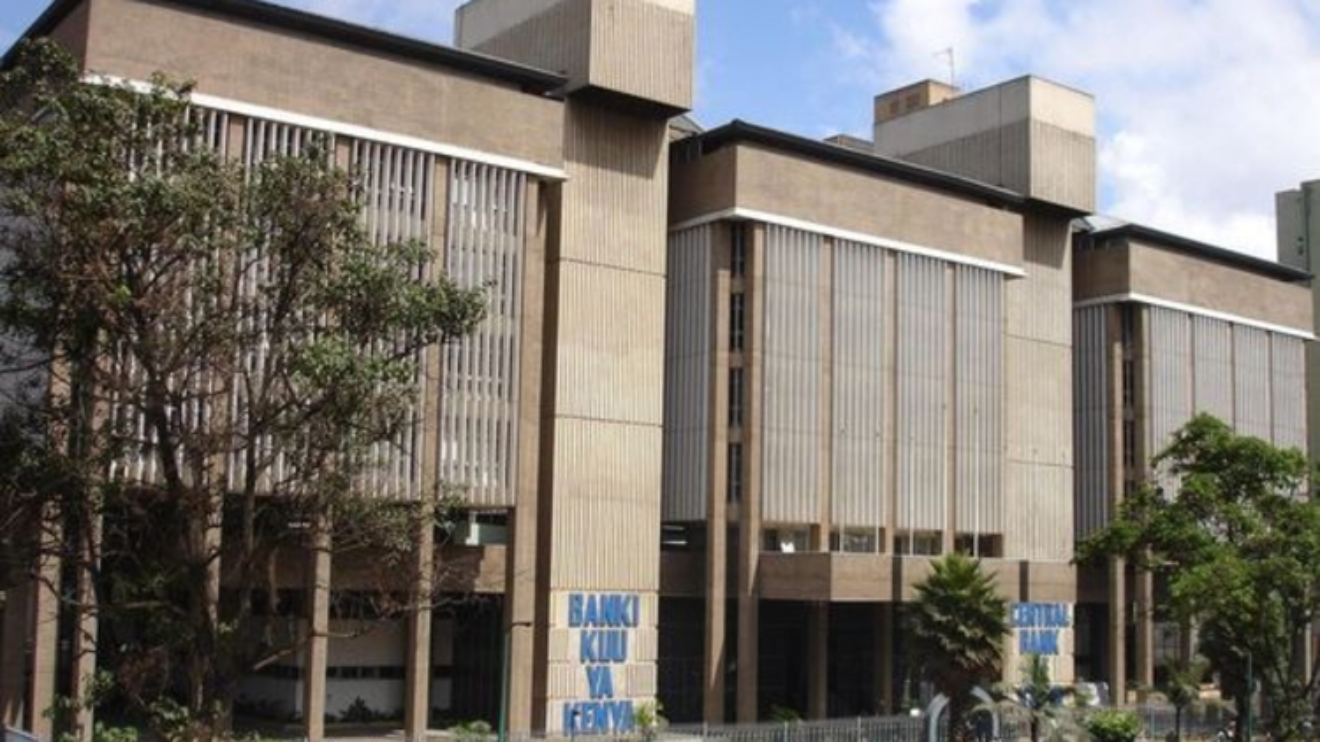Customer deposits in commercial banks in Kenya have soared to a historic high, crossing the Sh5 trillion mark in June, reveals data from the Central Bank of Kenya (CBK).
This significant increase of Sh430.4 billion in just six months has been attributed to a combination of factors, including a weakening Kenyan shilling, aggressive digitisation efforts by banks, and attractive interest rates.
The figures, extracted from the CBK's Credit Officer Survey, depict a remarkable 6.9 per cent growth in customer deposits, surging from Sh4.82 trillion in March to a record-breaking Sh5.16 trillion in June.
A notable driver of this growth has been the sharp increase in foreign currency deposits, which reached an unprecedented Sh1.186 trillion in June, up from Sh922.4 billion in December of the previous year.
This surge in foreign currency deposits has particularly favoured individuals and firms with holdings in foreign currencies.
Read More
The Kenyan shilling, which began the year trading at an average rate of Sh123.42 against the US dollar, experienced a rapid depreciation, culminating in a 13.8 per cent drop to Sh140.52 by the end of June.
This depreciation has incentivised customers to hold more foreign currency in their accounts, thereby contributing to the increase in deposits.
Banks, recognising the importance of retaining customer deposits, have responded by offering the highest interest rates in five years.
The deposit rate reached 7.82 per cent in June, marking its highest level since June 2018.
Banks have consistently raised deposit rates for nine consecutive months since September of the previous year, despite facing stiff competition from attractive rates offered by Treasury bills, bonds, unit trusts, and other investment avenues.
"Total deposits increased by 6.9 per cent from Sh4.82 trillion in March 2023, to Sh5.16 trillion in June 2023," stated the CBK.
The surge in deposits has notably bolstered banks' liquidity, enabling them to unlock more funds for lending.
The CBK attributes this improvement in liquidity to increased deposits (57 per cent), loan recovery (20 per cent), maturity of government securities (14 per cent), and capital injection (9.0 per cent).
Moreover, the CBK acknowledges that agency banking and the digitisation of banking services have played pivotal roles in this growth.
Customers now find it more convenient to deposit cash into their bank accounts using mobile phones and digital platforms.
This remarkable deposit growth coincides with a sharp increase in the number of deposit accounts, reflecting the growing demand for banking services.
Over the past 15 years, the number of deposit account holders has surged more than 15-fold, reaching 64 million in 2022, compared to just four million in 2007, according to CBK data.
Economists point out that the allure of attractive interest rates offered by government securities poses a significant challenge to banks, as these investments are considered relatively risk-free and are favoured by investors.
As of December last year, large banks held a substantial 74.7 per cent of the total customer deposits in the banking sector.
Medium-sized banks accounted for 17.1 per cent, while small banks held a modest 8.1 per cent share of deposits.
This stark competition is illustrated by the fact that customer deposits in Microfinance banks decreased by 7.8 per cent from Sh50.4 billion in 2021 to Sh46.5 billion in 2022 as customers sought alternative investments with higher returns.
"The decline in deposits was due to the transfer of funds to alternative attractive investments due to the overall increase in interest rates," explained the CBK.
The surge in customer deposits, driven by a combination of factors, highlights the evolving landscape of Kenya's banking sector and the continued importance of competitive offerings and digital innovation in retaining customers.








